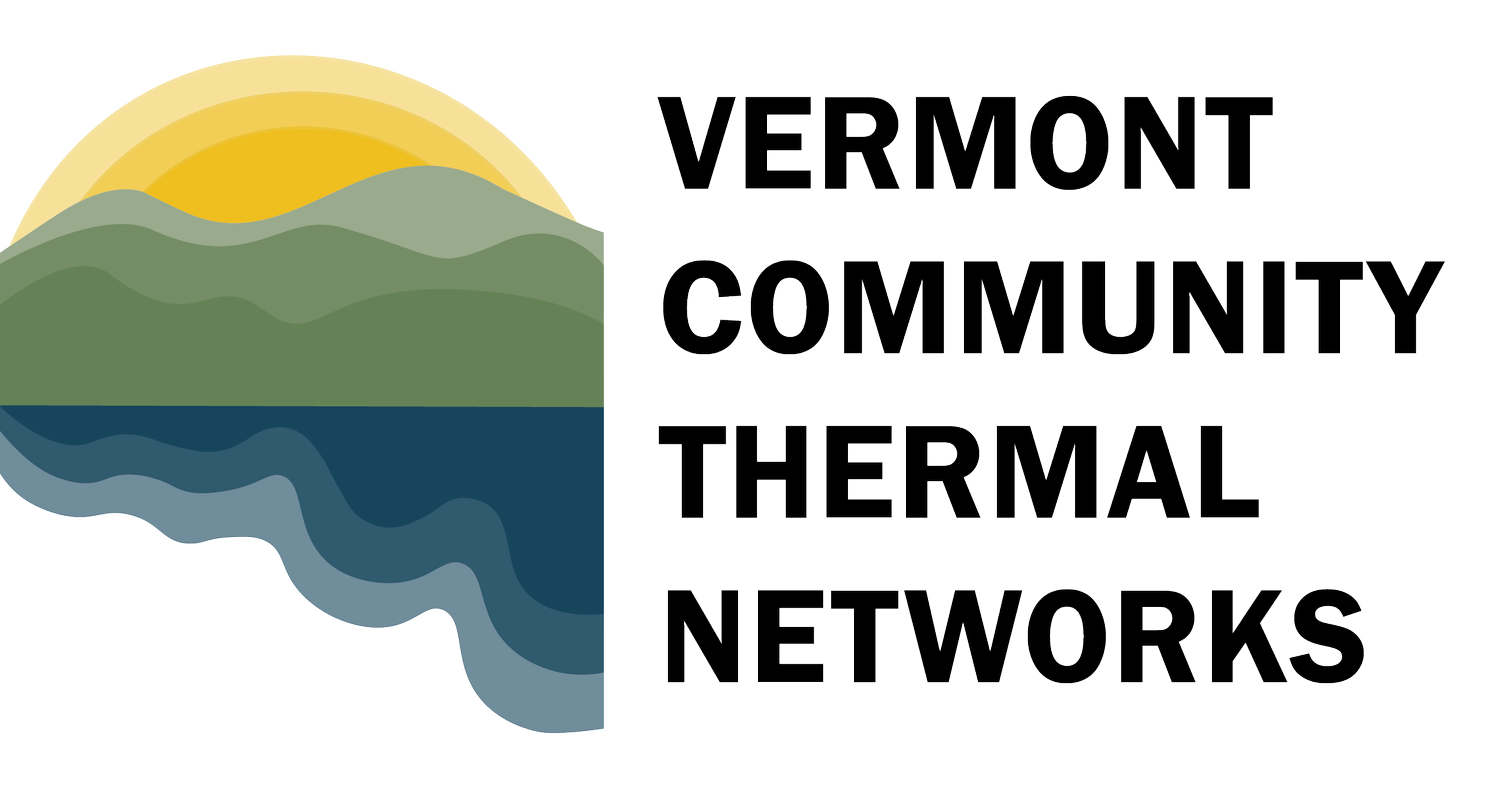Fact Sheets
-

The Basics: Thermal Energy Networks
-

The Benefits of Thermal Energy Networks
-

TEN Highlights
-

Moving Heat: How TENs Use Waste Heat
-

Energy from Wastewater
-

Electrification Benefits of TENs
-

Municipal Ownership
-

VT Thermal Energy Networks Policy
-

Compatible HVAC Systems
